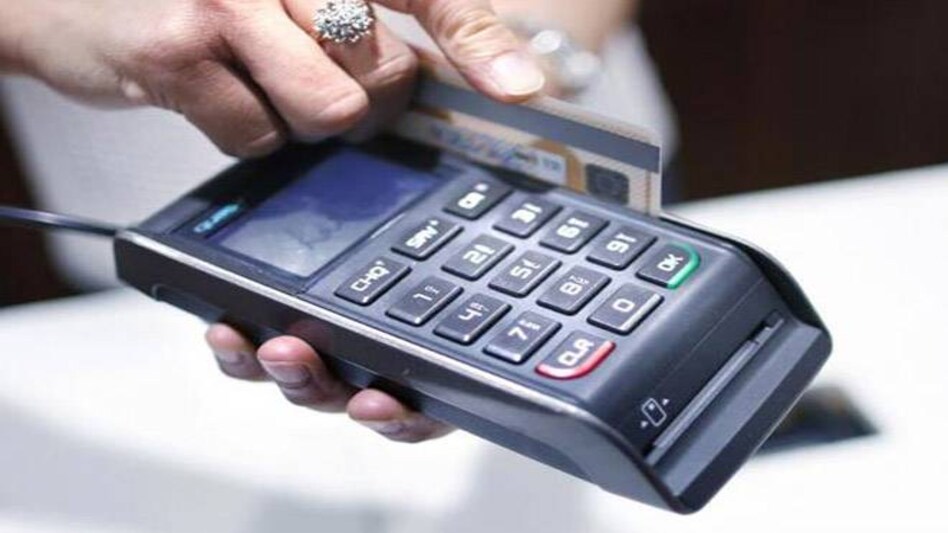

In a bid to further boost digital transactions, the Reserve Bank of India (RBI) on Wednesday brought several changes to the merchant discount rate (MDR) for debit card transactions. The revised charges will be effective from January 1, 2018. In its latest circular on MDR, RBI has categorized merchants on the basis of turnover. The central bank has also adopted a differentiated MDR for QR-code based transactions.
"Taking into account the twin objectives of promoting debit card acceptance by a wider set of merchants, especially small merchants, and ensuring sustainability of the business for the entities involved, it has been decided to rationalise the MDR for debit cards," RBI said.
MDR is the cost paid by a merchant to a bank for accepting payment from their customers via credit or debit cards every time a card is used for payments in their stores. The merchant discount rate is expressed in percentage of the transaction amount.
For merchants with turnover of up to Rs 20 lakh, the MDR has been capped at 0.4 per cent if the transaction involves physical infrastructure such as a swipe machine. If the transaction is conducted via a QR code, the MDR has been further reduced to 0.3 per cent. Regardless of the value of the transaction, the MDR for such merchants can not exceed Rs 200 per transaction.
For merchants whose annual turnover exceeds Rs 20 lakh, the MDR has been capped at 0.9 per cent for swipe machine based transactions and 0.8 per cent for QR code based sales, subject to a maximum of Rs 1000 per transaction. MDR for both debit and credit cards were same till June 2012, when the RBI first reduced MDR for debit cards to boost their usage for sales. Till then, debit cards were primarily used for cash withdrawals from ATMs. Consequently, MDR for debit cards were first fixed at 0.75 per cent for transactions of amount up to Rs 2000, while for transactions above Rs 2000, MDR was 1 per cent.
Following the demonetisation drive last year, when currency of Rs 500 and Rs 1000 denomination was withdrawn from circulation, MDR was further reduced for transactions up to Rs 1000, to 0.25 per cent of the transaction value. For transactions above Rs 1000 but less than Rs 2000, MDR was kept at 0.5 per cent of the transaction value.
Analysts, however, said the RBI move is negative for acquiring banks like HDFC Bank and Axis Bank in the short-term as the surge in volumes is unlikely to make up for the losses.
"Volume is unlikely to make up for the shortfall in reduction of fees in the short-term and hence, the near-term impact would be marginally negative for a few players like Axis, HDFC, ICICI and SBI," analysts at domestic brokerage Kotak Securities said in a note.
Their peers at American brokerage Morgan Stanley said the move can cause a revenue impact of up to 0.3 per cent on the four lenders and a dip in profitability of up to 1.1 per cent.
However, both the notes welcomed the move as being positive, and in the right direction which will help in the long-term.
with PTI inputs
Copyright©2025 Living Media India Limited. For reprint rights: Syndications Today